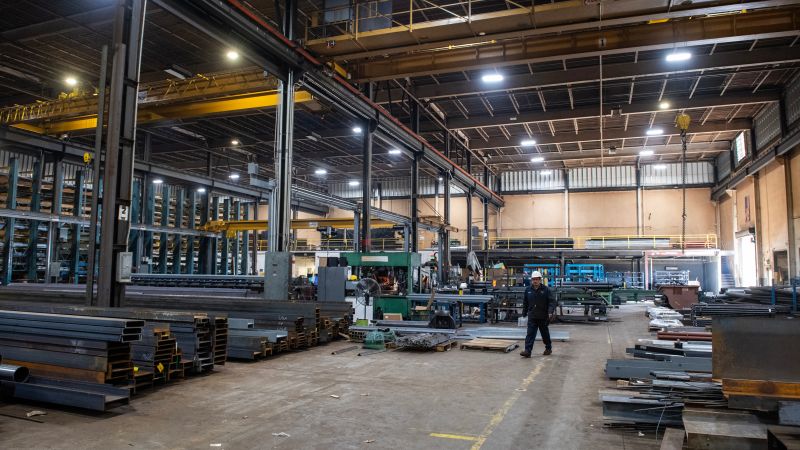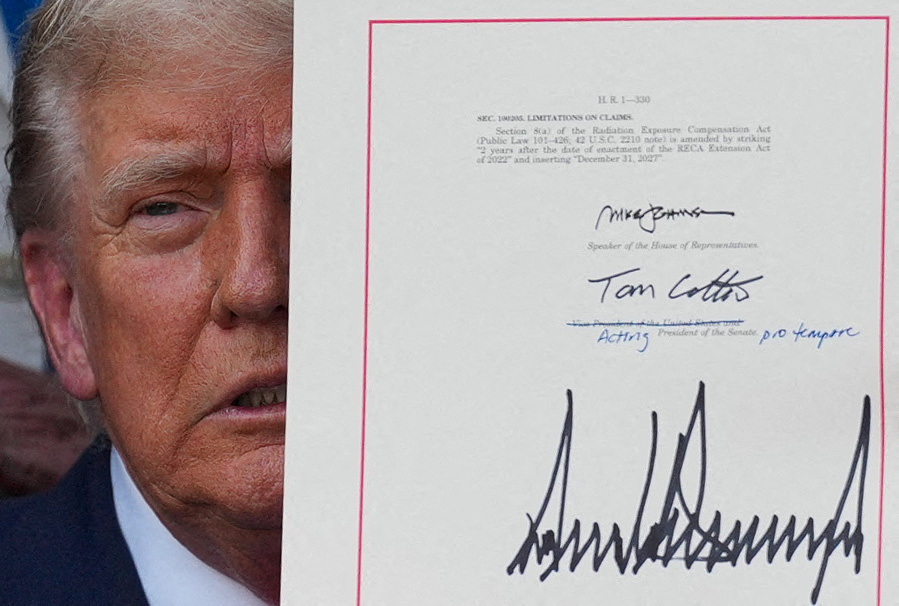
Fed's Rate Decision Amid Tariff Uncertainty
Current Policy Stance and Expectations
The Federal Reserve is widely expected to maintain its current interest rate levels during this week’s policy meeting. The central bank has kept rates elevated throughout the year, aiming to manage inflation without stifling economic momentum. According to CME Group’s FedWatch tool, there is only a 3% probability of a rate cut being announced this week, reflecting strong market consensus for no immediate changes. However, speculation is growing that the Fed might begin cutting rates as early as July, depending on economic developments. This aligns with financial market forecasts which anticipate the potential need for monetary easing if economic conditions deteriorate further.
Impact of Tariffs on Economic Outlook
The ongoing trade tensions, particularly tariffs imposed by the U.S., are putting additional pressure on the economy. These tariffs have contributed to higher inflation by increasing the cost of goods, leading to a higher cost of living for consumers. Economists warn that the full impact of these tariffs may take months to materialize in key economic indicators, such as unemployment rates. While the job market has shown resilience so far, potential disruptions loom as businesses may face higher input costs and reduced profitability. These uncertainties complicate the Federal Reserve’s policy decisions, as it must navigate between mitigating inflationary pressures and addressing potential labor market weaknesses.
Fed's Dilemma and Future Outlook
The Federal Reserve faces a challenging balancing act: managing inflation while supporting economic growth. Higher interest rates can help control inflation but risk slowing job creation and economic activity. Conversely, lower rates could stimulate growth but may exacerbate inflationary pressures, especially in the context of rising costs due to tariffs. As the Fed assesses these competing priorities, it is expected to wait for additional economic data before making any significant policy shifts. For now, the central bank appears committed to maintaining flexibility, closely monitoring developments in both inflation trends and the labor market to inform its future decisions.
 Sources
Sources- Fed's Two-Day Policy Meeting Kicked Tuesday—What Need Know
 investopedia
investopedia - Fed's Decision Interest Rates Week Clear, Anyone's Guess
 yahoo
yahoo - Fed's Decision Interest Rates Week Clear, Anyone's Guess
 investopedia
investopedia - Stock market today: Dow, S&P 500, Nasdaq slide ahead of Fed decision as tariff fears return
 yahoo
yahoo
- Fed's Two-Day Policy Meeting Kicked Tuesday—What Need Know
 investopedia
investopedia - Fed's Decision Interest Rates Week Clear, Anyone's Guess
 yahoo
yahoo - Fed's Decision Interest Rates Week Clear, Anyone's Guess
 investopedia
investopedia - Stock market today: Dow, S&P 500, Nasdaq slide ahead of Fed decision as tariff fears return
 yahoo
yahoo




